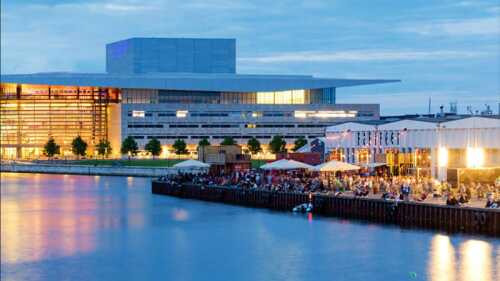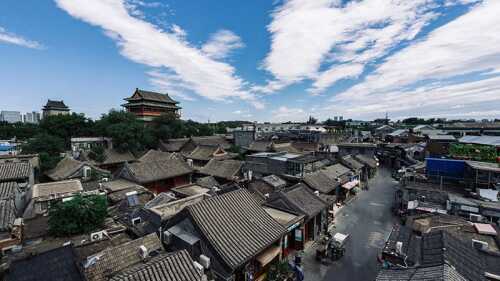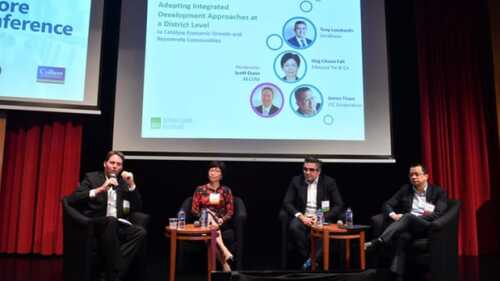Mixed Use and Multi-Use
At the ULI U.K. Annual Conference, a range of speakers from across Europe provided fresh perspectives on how the real estate industry is evolving to meet the needs of both the economy and society, including use of smarter sensor technology, creation of micro-units for both housing and retail space, as well as assistance for British cities in tapping sources of capital for regeneration.
Copenhagen’s investment in its revitalized waterfront area is paying off, said land-use experts speaking at the ULI Real Estate Forum, while the affordability of housing is an ongoing concern. Attendees saw firsthand what it means to be a people-centric city aspiring to become the first carbon-neutral world capital by 2025.
As vehicle use and shopping habits change rapidly, densified parking areas can free up space for new uses that benefit the community.
Attendees at the ULI Carolinas Meeting heard about six projects that highlight the patience, hard work, and serendipity needed for a complex project to come to fruition.
A decade in the making, the South Boston waterfront neighborhood is emerging as a preferred destination for commercial and residential tenants.
A national developer transforms a faded Texas strip center into a mixed-use place around a central urban street.
A glut of liquidity in local capital markets is making life difficult for domestic and foreign investors alike.
A ULI Advisory Services panel was asked to focus on Beijing’s Qianmen East, a 56-hectare (138 ac) hutongneighborhood, consisting of interlinked communities of low-rise courtyard homes aligned in sequence along narrow alleys.
An expansive sports and entertainment district—with new residential space—is helping revitalize downtown Detroit.
Integrated or mixed-use developments bring multiple uses and amenities—residential, office, retail, and others—in one convenient space. Singapore’s aging population has also nudged developers to design spaces that emphasize accessibility and convenience for the city-state’s growing number of seniors.









